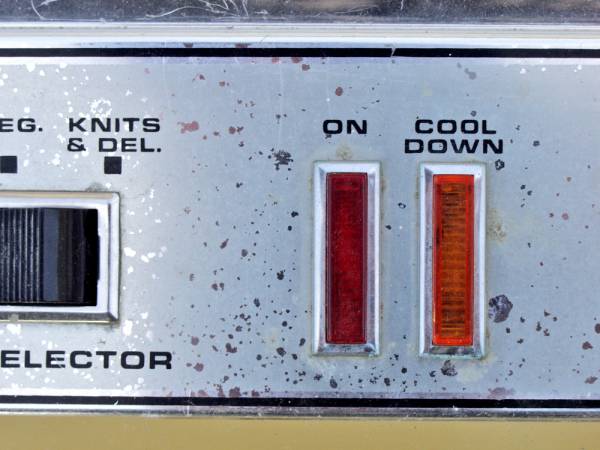I enjoy watching the finish of a good race. But I see many people make that final push for the finish – then cruise to a stop to get their breath, go over to the car park for a chat, or sit and wait for the final results.
The problem with all of that is your body has not recovered. If you are a cyclist, then your legs will be gorged with blood and waste metabolic products that need to be circulated around the body so they are eliminated. One of the worst things you can do is to stand still.
What Happens as You Ramp Up
Let me show you why with the aid of this picture:

This is a chart of some of the data from an exercise metabolic rate test (EMR) on a cycle. This is basically a ramp test that starts from near rest and gets harder and harder, all the while capturing information about how your body responds.
The chart is split into two parts. The first part shows activity increasing. The second part shows recovery while the cyclist continued to turn over the pedals at a low rate.
The yellow line shows heart rate. As you might expect, this increases steadily, and then starts to plateau as you reach your aerobic threshold. It then decreases during the recovery.
The blue line shows the amount of oxygen that you inhale. The demand rises continually to a peak, which is the VO2max measurement. The line then settles down into another plateau and then drops as recovery starts.
The pink line shows the amount of carbon dioxide exhaled. As the work gets harder, the amount increases and then reduces during the recovery stage.
However, at a certain point this pink line crosses the blue line as the amount of carbon dioxide produced overtakes the oxygen input. This excess CO2 production is indicative that your body is unable to efficiently burn fuel. It will start to accumulate and metabolize excess lactate in the bloodstream.
What Does and Should Happen During Recovery
If you now look at the recovery part of the chart, you can see that after a maximum effort, and even during the active recovery phase, it takes approximately seven minutes for the pink line to drop back below the blue line. During this time, your body will be managing the accumulation of excess blood lactate and waste products. Your heart will be trying to pump blood back out of the legs and return the distribution of blood flow back to normal.
At the finish of a race or intense training effort, metabolic waste products are lodged in your body all the way down to the individual muscle cells. The fluid that surrounds them – as well as the capillaries, veins, and lungs – needs to be flushed out before you rest.

If you stand still, then the heart has to all the work by itself. If you continue to move, then the action of the muscles will assist pumping fluids around the body. Keeping moving enables the muscles to contract and assists the heart in pumping. It allows the vessels to contract slowly and expire the waste products as carbon dioxide.
A good cool down will typically last between five to ten minutes depending upon the level of activity. Clearly, it is impractical to connect up a breathing mask at the end of an event. However a good guide will be your heart rate. The point when your heart rate starts to stabilize is indicative of your body returning to normal, although it will remain elevated for some time.
As a rough guide, your heart rate should probably be approaching one hundred beats per minute before stopping to chat, packing up your equipment, or waiting to see the results. The benefit to you will be improved recovery.
Photos courtesy of Shutterstock.






